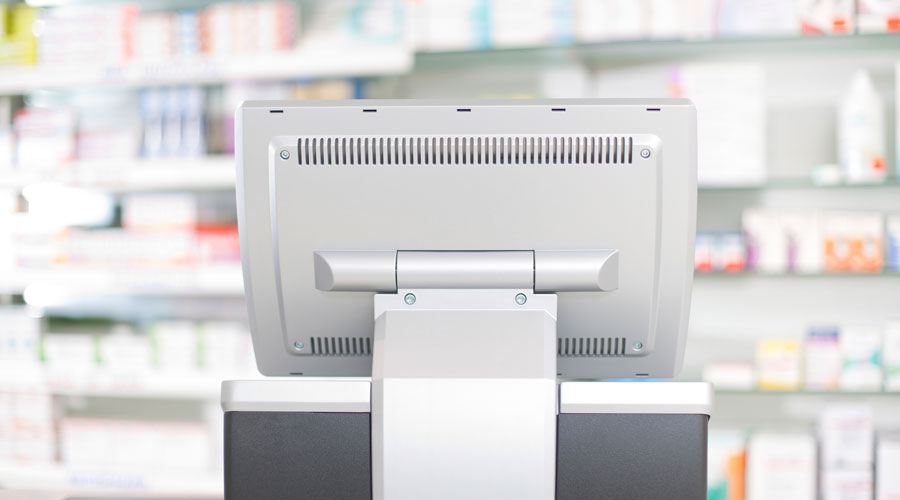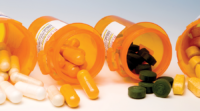Nationwide, 22,478 independent community pharmacies dispense 197 prescriptions per day. As an industry, these pharmacies are constantly changing and updating their practices and procedures to better serve patients.
Each year, the National Community Pharmacists Association (NCPA) compiles data about these pharmacies, and publishes their findings in the NCPA Digest.
Here’s a look at the latest trends in independent community pharmacy, according to the 2015 NCPA Digest, which is based on data from 2014. Take a look to see if your pharmacy is keeping up, or even ahead, of industry trends.
1. Increase in consultations
Pharmacists are consulting with other health care professionals more often. The number of consultations has been on the rise for past several years, and it reached a new peak in 2014 with pharmacists consulting with other health care professionals 10 times per day on average.
2. Decrease in sales
In 2014, average sales per location were about $3,622,000, which is a decrease from 2013, which had about $3,893,000 in average sales. Average annual sales per pharmacy recently peaked in 2009 when it reached $4,026,000.
3. Decrease in use of workflow technology
From 2013 to 2014, the percentage of pharmacies using workflow technology decreased for nearly every type of technology including point-of-sale technology, automated dispensing counters, mobile commerce and signature capture, and telephone interactive voice response (IVR).
The only workflow technology that increased in use was automated dispensing systems, which increased by 3 percent in 2014.
4. Decrease in payroll expenses
Payroll expenses as a percentage of sales decreased from 13.4 percent in 2013 to 13 percent the following year.
5. Decrease in average prescription charge
The average charge for prescriptions dispensed in 2014 was $54.41. This is a $3.09 decrease per prescription from the average a year earlier, which was $57.50.
6. Decrease in average number of pharmacies owned per pharmacist
In 2013, the average number of pharmacies in which each independent community pharmacy owner had ownership was 1.71. In 2014, this metric had decreased to 1.69.
7. Decreased gross profits
A three-year trend of growth in gross profit as a percentage of sales beginning in 2011 ended in 2014 with a 0.4 percent drop, which left gross profits as a percentage of sales at 22.9 percent.
8. Increase in Medication Therapy Management (MTM) services
In 2012, only 69 percent of pharmacies provided MTM services under Medicare Part D. The percentage of pharmacies providing these services grew to 75 percent in 2013, and in 2014, it swelled to 80 percent, continuing the growth trend.
9. Increase in support staff wages
The average hourly wages for pharmacy technicians and clerks increased in 2014. Technicians have had a steadily increasing wage since 2011, and earn on average $14.31 per hour. Clerks’ hourly wages reached an average $10.51, and have been growing since 2012 when the average hourly wage was $9.63.
10. Increase in immunizations
Immunizations remained the most commonly provided service in independent community pharmacies, and increased in popularity from 62 percent of pharmacies incorporating immunizations in 2013 to 71 percent in 2014.
11. Decrease in durable medical goods offering
In 2013, 64 percent of pharmacies offered durable medical goods as a part of patient care services, but in 2014, the percentage of pharmacies offering durable medical goods dropped to 56 percent.
12. Increase in the use of scheduled patient appointments
Forty-three percent of pharmacies incorporated scheduled patient appointments into their patient care service profile in 2014. During the previous year, only 36 percent of pharmacies offered scheduled appointments.
13. Increase in HIV disease state management
The percentage of pharmacies that offered disease state management services for HIV patients grew by 15 percent in one year, which is the most significant growth of any disease state management service between 2013 and 2014. It grew from 4 percent of pharmacies offering disease state management for HIV patients in 2013, to 19 percent in 2014.
14. Increase in point-of-care testing in pharmacies
Point-of-care testing in independent community pharmacies grew in 2014 for a number of specific point-of-care tests. Only 40 percent of independent community pharmacies offered cholesterol screenings in 2013, but the following year the percentage of pharmacies offering this service grew to 54 percent. And in 2013, as few as 27 percent of pharmacies offered A1c point-of-care testing, and this swelled to 34 percent in 2014.
15. Increase in number of pharmacist recommendations accepted
In 2014, other health care professionals accepted 94 percent of pharmacists’ recommendations for brand to generic switches. This is a 13 percent climb from 2012, when 81 percent of recommendations were accepted.
Therapeutic interchange recommendations saw a similar increase from 2012 to 2014, going from 70 percent acceptance to 80 percent.
All trends and data are sourced from the 2015 NCPA Digest and the 2014 NCPA Digest. NCPA members can learn more about trends in independent community pharmacy by accessing the 2015 NCPA Digest online with their NCPA ID number and password.












